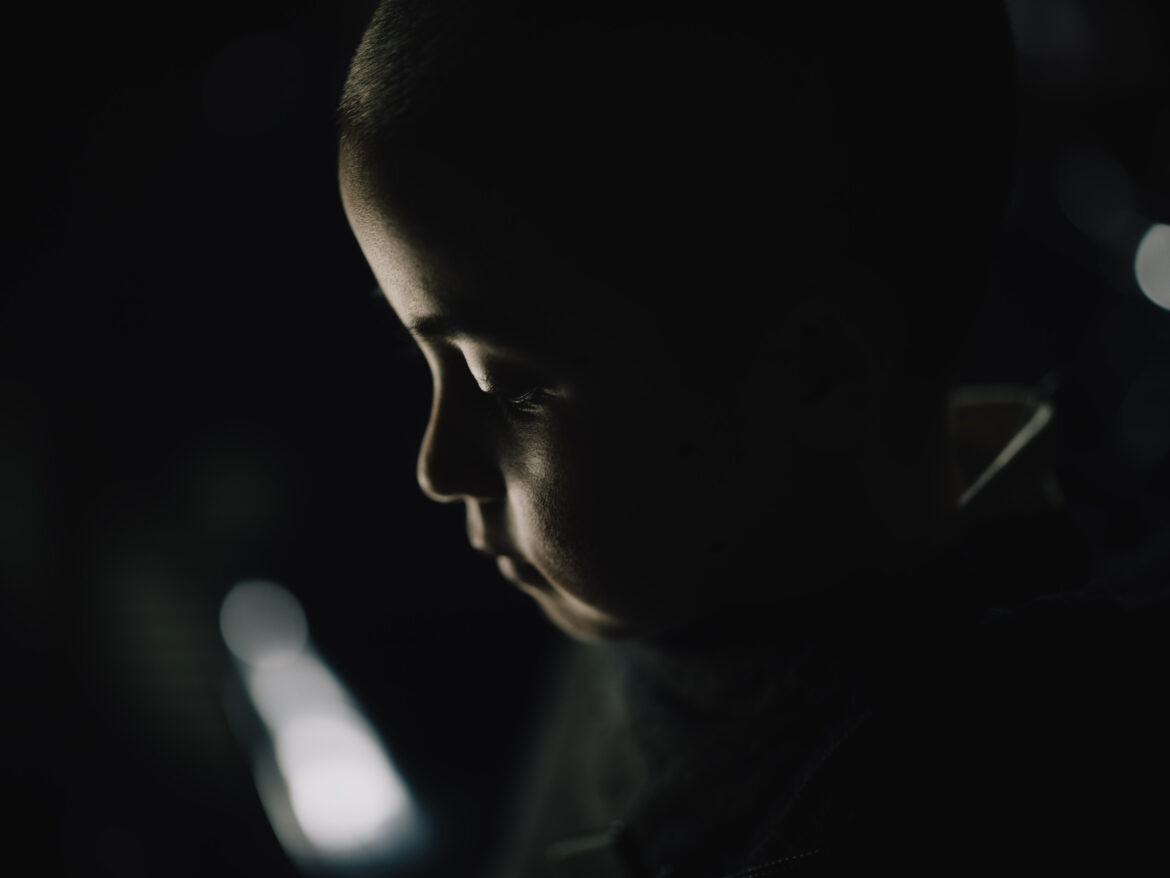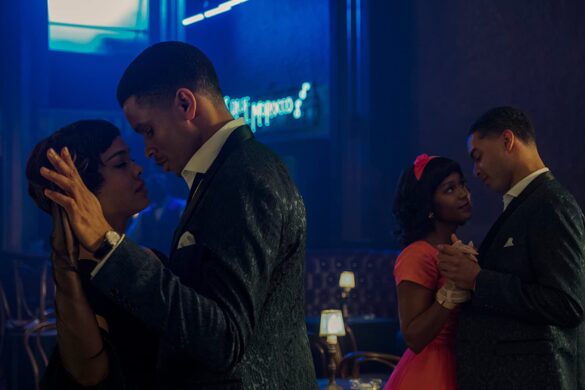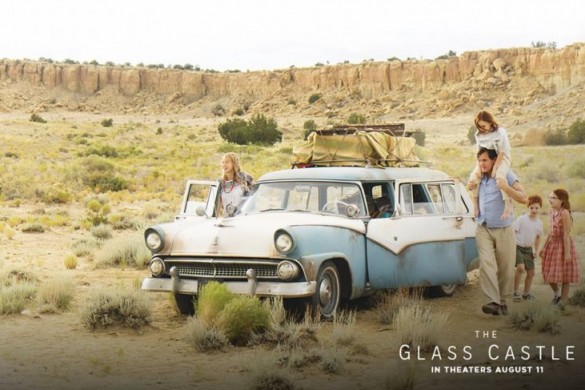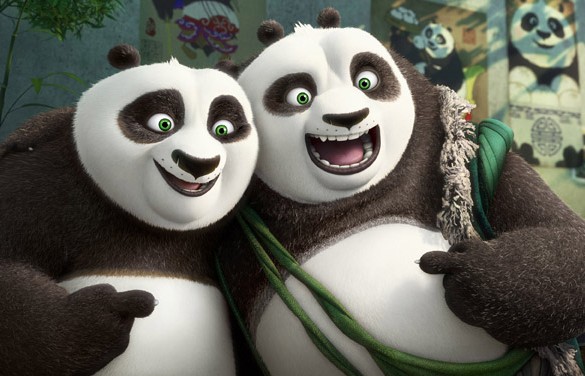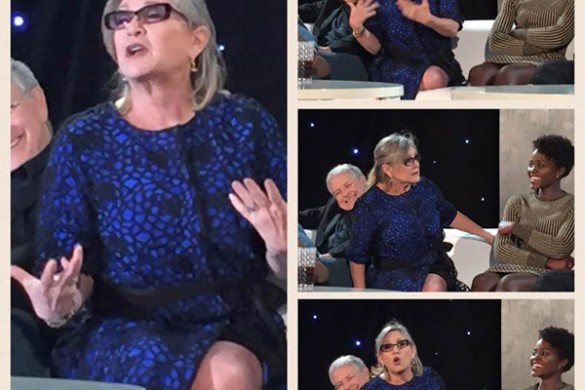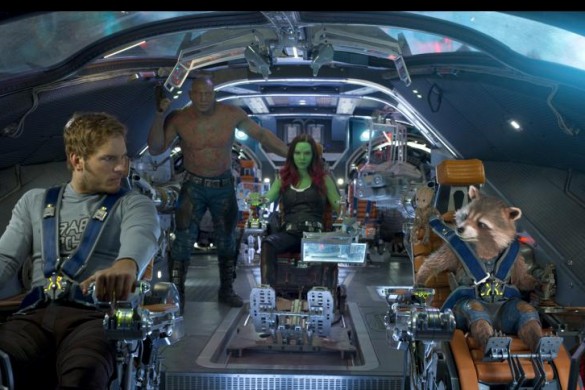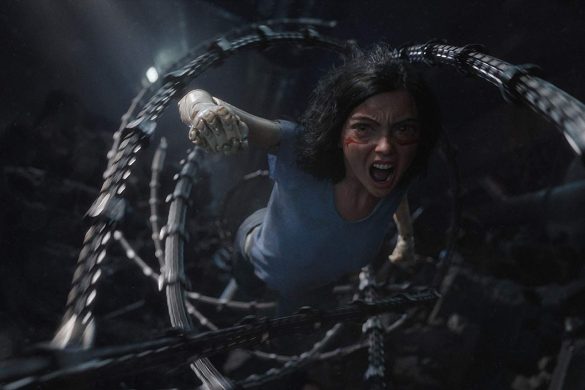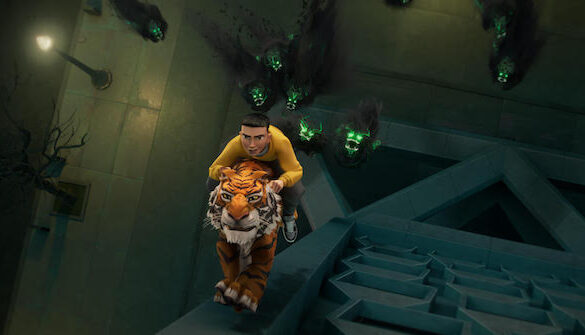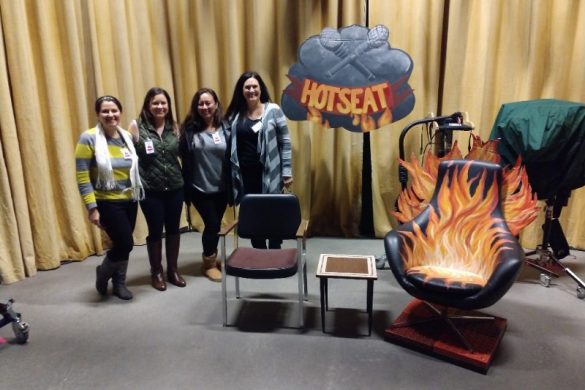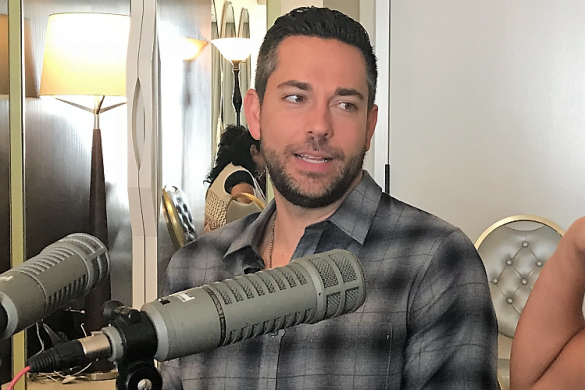Set in a futuristic dystopian world where a Westernized nation is at war with New Asia for using and embracing AI technology, Gareth Edwards’ “The Creator” follows Joshua (John David Washington) a hardened ex-special forces agent grieving the disappearance of his wife who is recruited to join a group of mercenaries tasked with finding Nirmata – an all-powerful AI being – and destroy its latest creation. Crossing enemy lines, Joshua is shocked to discover that the weapon he has been sent out to destroy is actually a child.
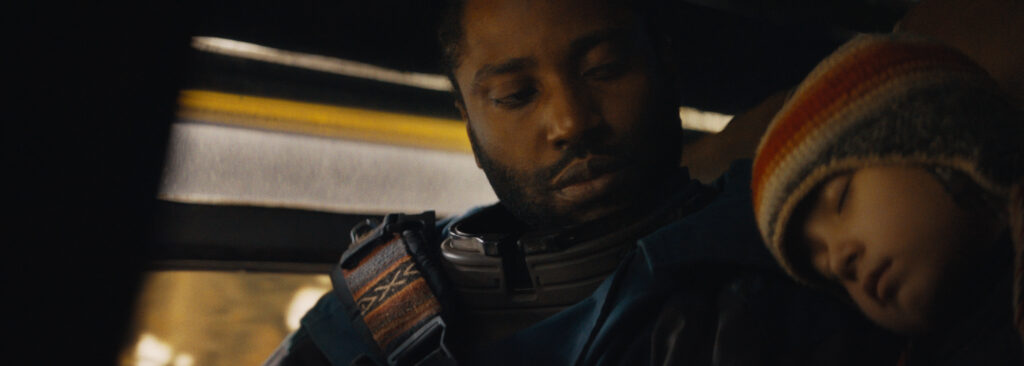
ThatsItLA had a chance to join their fellow journalists to talk to director Gareth Edwards about “The Creator” and all of the questions it poses including what it means to be human and what does it mean to be alive. Edwards also talked about twisting the sci-fi genre to tell resonating stories. And since the film has a lot to do with AI, you can bet he had a lot to say about its uses and how it can serve as an allegory for demonstrating more empathy towards others, while addressing the complex moralities of the technology.
Edwards, who co-wrote the script with Hossein Amini, first came up with the film after completing “Rogue One: A Star Wars Story.” And it was on a trip to his girlfriend’s parents’ home in Iowa that he came up with the idea, even though he didn’t intend on making a new movie. “The great thing about having finished a movie is you can your brain sort of like deletes like formats, the hard drive and sudden you’ve got this like, blank canvas, and I wasn’t expecting to think about the next film or get any ideas, but I just put some headphones on and look out the window,” he said. “We went through this like tall grass sort of farmland area. And there was this factory that went by, and it had a Japanese logo on it. And I thought just because of the way I’m wired, like in science fiction, I was like, ‘I wonder what they’re doing. Maybe it’s robots or something cool like that.’
Edwards then delved deeper and wondered what it would be like for the robot to step out of the factory to see grass, trees, and the sky for the first time. And by the time he got to his girlfriend’s parent’s home, he had the gist of the story figured out.
But “The Creator” doesn’t take place in Iowa or America. It is primarily set in the fictional country of New Asia. Shot in over eight Southeast Asian countries, Edwards semi-reverse engineered the movie, where he would shoot the film and then design around the finished product. He used a small crew to shoot “The Creator” like an independent movie. This way, they could shoot in multiple locations on a smaller budget and have just enough for some of the more expensive VFX.

“We edited the film, got framed from each shot in the movie, gave them to the production designer and the concept artist, and what normally happens a year and a half earlier was then happening during the edit. They were painting and designing all the Sci-Fi just on the shots we were actually using,” Edwards said. “It feels like I never want to go back to the other way of making a film.”
One of the more challenging locations was in the Himalayas in Nepal. It was so remote that it would have been difficult to get a large crew for a blockbuster movie to where they needed to shoot. The village is so remote that everything that has to travel must be carried on foot for four days. Luckily, Edwards, John David Washington, and the producer could travel by helicopter.
The one thing that Edwards did not expect from that shoot was that the villagers cooperated with the film’s needs. “Everyone in the movie is from the little village by the Buddhist temple,” he said. “Some kids agreed to shave their heads and play some of the robot monks and AI and stuff. It was surreal. You think there will be a problem, but they will get excited about being in a Hollywood blockbuster.”
Sci-fi films have proven to be blockbusters, but the best ones are a commentary on the life we live now and ones where they use aspects of the genre as a metaphor. “I think it’s probably two main reasons. I’m not sure one of them is like growing up with Star Wars, being promised this amazing world with spaceships and robots, and then you realize it’s not true. And that’s not going to happen. So, I’ll become a liar, like George Lucas, and I’ll create these like, you know, stories for kids to grow up with.” Edwards said. “The other main reason is my favorite TV show, growing up, was the Twilight Zone, it was surly on black and white TV. And what’s so good about those stories is they change one aspect of real life. Basically, you can live your whole life and have certain set beliefs. They never really get challenged because nothing really happens out of the ordinary. And so you think everything you believe about the world is correct. And you can live and die and have the same views the entire time. But when you change some aspects of the world to be like an extreme, like one element just gets flipped on its head, you suddenly realize many things you thought were true start to not work and can be wrong. And it makes you question what your beliefs are. And I think that’s the best kind of science fiction.
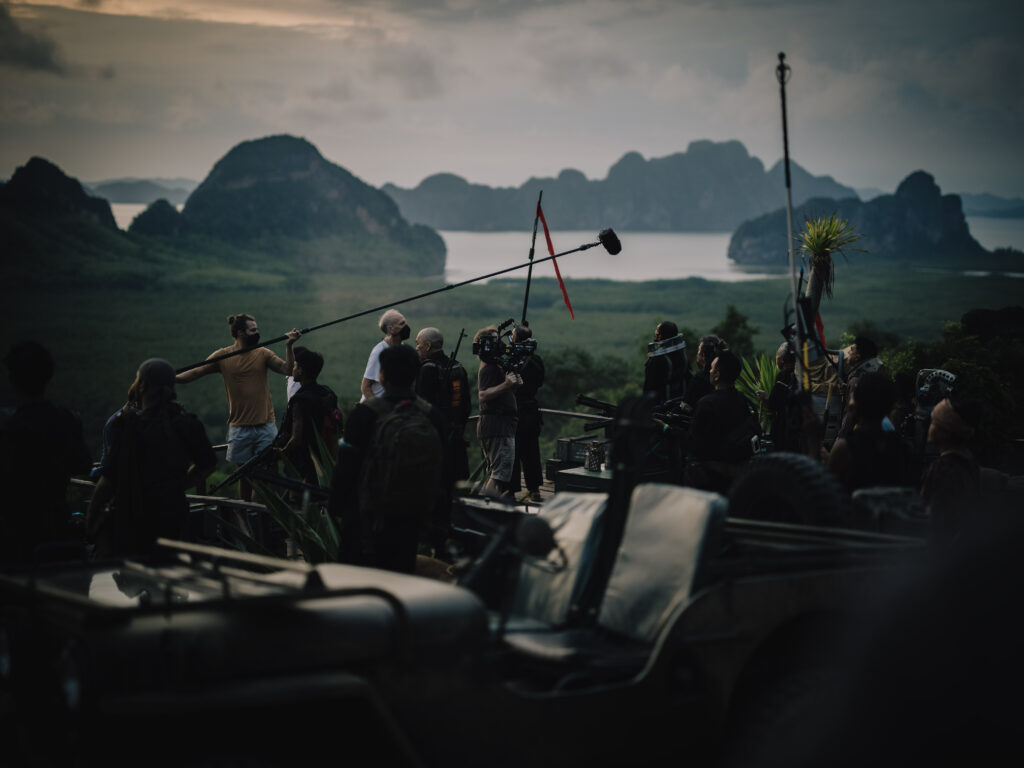
“We were using AI as a metaphor for people different from yourself,” he said. “And that’s how it started. But then obviously, in the last year or so, it’s become quite a reality.”
With AI becoming a more relevant tool for the modern world, Edwards sees the technological advancement as something that could be beneficial. When he wrote the script in 2018, he said AI seemed like a piece of tech that was up there with cars or living on the moon. And if it did eventually happen, it wouldn’t happen in our lifetime. However, that has quickly changed. “I feel like every major technological breakthrough that’s happened in the last century with electricity, computers, the internet, they always have seismic changes on industries. And there’s a big bump in the road that we have to get over. But on the other side of it, when the dust finally settles, I think we all look back and go. I’m glad we have electricity. You know, I’m glad we have computers. I’m glad we have the internet,” he said. “And I think this will be another like in the next few years, or probably a little tricky. But I think the upside is such a powerful tool that’s going to just help so many things in the world. I think all the positives are gonna outweigh the negatives. And I say that because when the robo-pocalypse actually happens.”
On the film’s use of futuristic vehicles, Edwards credited the production designer, James Klein. “We wanted to put a tank in the movie that felt like something that should be in an anime film,” Edwards said. “Like one of these like futuristic crazy over-the-top tanks, but if you just scale up a tank, it doesn’t look very exciting, and so it was like trying to create negative space and cut things out where it still retains the basics of a tank but has a shape you wouldn’t expect.”
“Our secret hope was that we wanted Bandai, which is the company who makes all the toy models of manga and anime characters, to release this as a model kit one day,” Edwards continued. So we’d take Bandai boxes off the internet and put our tank on it to see if it felt like we were in the store. We’d go, ‘Oh my god, I gotta get that.’ And until we got really excited and jealous and wanted to buy this toy. We kept like that going until it looked right.”
Edwards had written “The Creator” with the hope that audiences would walk away knowing they needed to demonstrate more empathy toward one another. And we see how that message is visualized in Joshua’s arc. “A lot of people, when they view stories, they view them as straight lines, beginning, middle, and end – like a train track. I always like to view them as a circle, like a clock,” he said. “You’re going round. You’re orbiting something on this journey. And so what I find really useful about that is essentially your character, as they travel through the film, does, like, 180-degree U-turn. They basically get the opportunity to see things from a completely different perspective because of the situation they’ve been put in.”
“One of the great things about storytelling, whether it be novels or cinema, is that whatever the audience’s preconceptions, you’re able to show them different perspectives and see things from other points of view,” Edwards added. “And unlike any baddie, you know, whoever you cast in a movie as the bad guy, the first question they’re gonna have to you as an actor is, ‘they don’t see themselves as the bad guy, they’re the good guy, and everyone else is bad. And they want to find the justification.”
“So you do that with everything. And AI characters who are AI in this film have to see themselves as the good guys. And that we’re the bad guys. As soon as you start really figuring that out, it gets really interesting.”
“The Creator” is primarily set in a fictional nation of New Asia, where its people and government have embraced AI technology rather than reject it like its Western neighbors. As such, Edwards shot on location in over eight countries to capture the dichotomy that could only be found in those mega-cities vs. villages. Taking a cue from Star Wars, Edwards wanted to have that spirituality and mythology and bring a technological aspect to it. “I think where that happens the most is in, like, Southeast Asia. Like you essentially end up in these places like Hong Kong, or Bangkok or Tokyo, where, where you’re in like Metropolis that looks like something from Blade Runner, but if you just go down that street and take your left, there’s a little temple and a Buddhist monk,” he said. “And I love those polar opposites, those visual contrasts. Like this sort of energy in a battery, I find them super exciting. A positive and a negative. You’re always looking for that as a filmmaker in story, visuals, and every aspect.”
“The Creator” opens in theaters on September 29, 2023.

